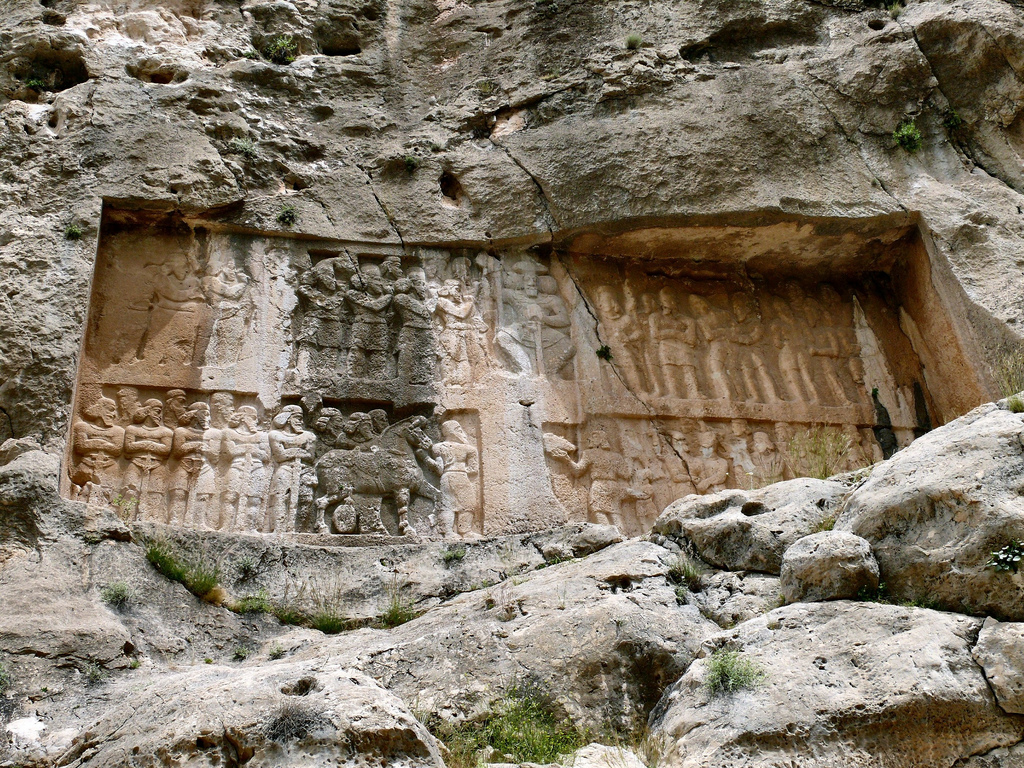Dastgah Segah is very interesting… It is very exotic to the Western ear particularly because it begins on a note that is never often heard as a tonic. It begins on E quarter flat. This creates an interesting sound because it is out of phase with the pitches that are used as the open strings on the Oud. These would be
CFADgc
E quarter flat would resonate well with A quarter flat or even B quarter flat, which are a perfect 4th note and 5th note in relation to E quarter flat, but the open strings are nowhere near those pitches.
Nevertheless, you can get some harmonic resonance with F and C notes with an E quarter flat, and these notes become important when playing Segah.
In other Dastgah like Abu Ata where the tonic is D, it is useful to lead up to the tonic with C because it is next in line and leads to D, but when playing Segah the lead in note is not D as one might expect, it is again C.
When you hear C, and Eqb played one after another almost like a chord or arpeggio you can be pretty sure you are hearing Segah.
Segah is one of the only Dastgah that shares a very similar tonal identity with its Arabic and Turkish equivalents, at least when it come to the opening jins.
Notes of Segah: C D Eqb F G Aqb Bb C
Segah jins: Eqb F G
Mokhalef-e Segah: C D Eqb F G Aqb Bqb C D Eb
Mokhalef: Hijaz G Aqb Bqb C + Nahawand C D Eb
[soundcloud url=”https://api.soundcloud.com/tracks/140646414″ params=”color=ff5500&auto_play=false&hide_related=false&show_artwork=true” width=”100%” height=”166″ iframe=”true” /]
[soundcloud url=”https://api.soundcloud.com/tracks/140646477″ params=”color=ff5500&auto_play=false&hide_related=false&show_artwork=true” width=”100%” height=”166″ iframe=”true” /]
[soundcloud url=”https://api.soundcloud.com/tracks/140646529″ params=”color=ff5500&auto_play=false&hide_related=false&show_artwork=true” width=”100%” height=”166″ iframe=”true” /]
Persian Segah is actually a perfect copy of an Arabic Maqam called Iraq, which is grouped in the family of Sikah, in Arabic music.
An inherent part of performing Segah is a modulation that takes it to a gushe called Mokhalef. Mokhalef is also present in Iraqi musical tradition. Jameel Bashir also played Mokhalef in his repertoire.
Mokhalef is used in the upper range of notes. It can be used as a climactic passage of a piece because it is very moving and dynamic. It is by far one of my favorite modes in Persian and Arabic music. In Arabic music, Mokhalef is very close to Maqam Huzzam, except that Maqam Huzzam does not use quarter tones where Mokhalef does…
[soundcloud url=”https://api.soundcloud.com/tracks/140646596″ params=”color=ff5500&auto_play=false&hide_related=false&show_artwork=true” width=”100%” height=”166″ iframe=”true” /]
So far… what is your favorite Dastgah discussed on this blog? Let me know below.
Did you enjoy this article? Enter your email address below and receive our latest articles in your email inbox!
[mc4wp-form]
Photo credit: dynamosquito

